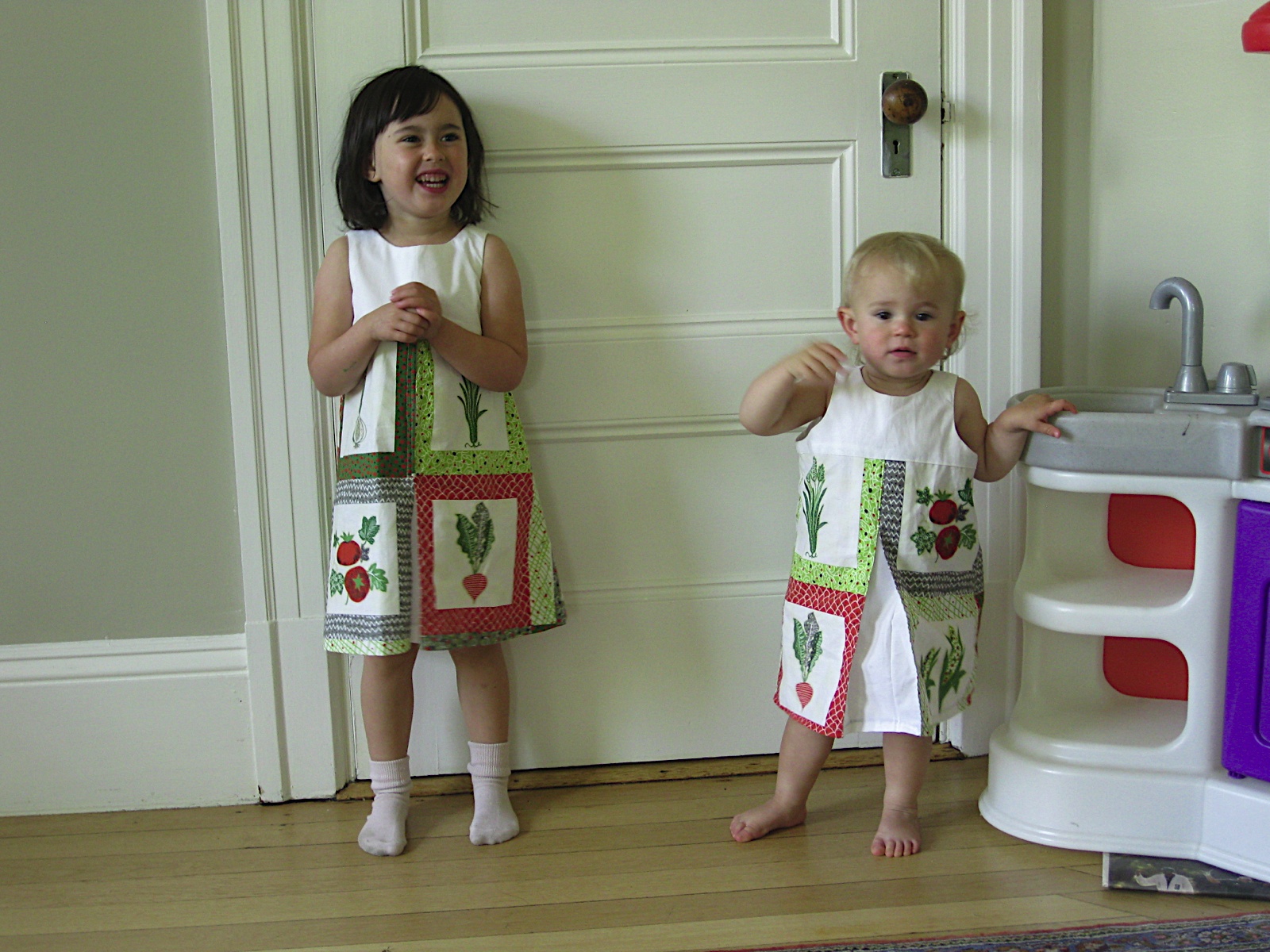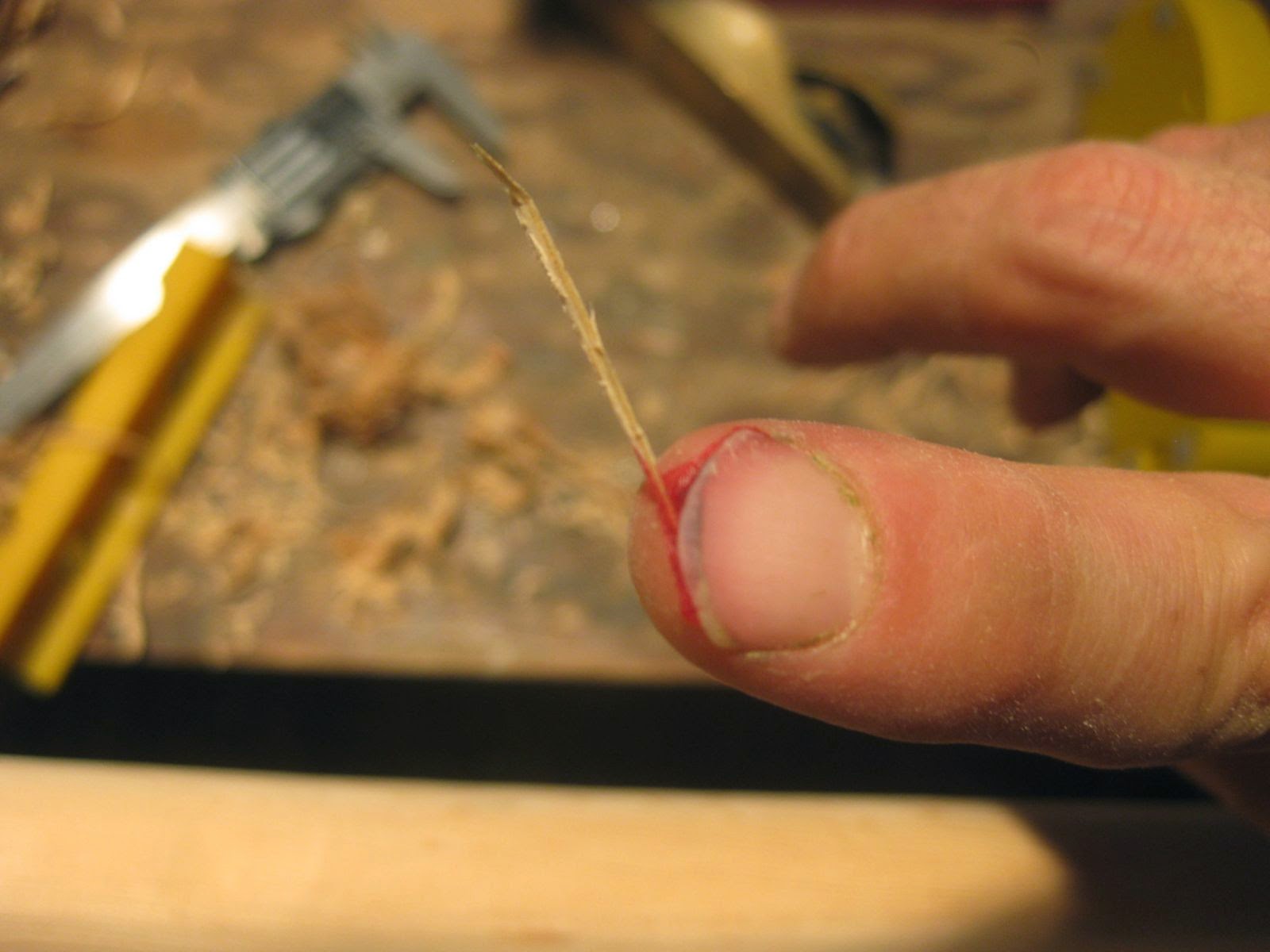This year we made 30L of applesauce from 36kg of Macs over about 7 hours, using our own vintage Squeezo.
I ordered two bushels of second grade Macs from Kimball fruit farm, which Child 3 and Child 2 helped me pick up at the Union Square farmers' market. A half bushel of Chestnut crab had also been requested, but it turned out they were clean out of them. Using seconds takes a little more work to cut out some bruises and worm spots, but they are fine for applesauce and a good deal this year at $15/bushel. Price varies by supply, demand, and time of year.
The kids washed all the fruit outside in a laundry tub, enjoying the pleasant fall afternoon.
They had the brilliant idea of bobbing for apples in the tub.
Then just getting into the tub...
They even went in to get their swimming goggles.
They were quite wet by the time they had all the apples washed!
I've developed a pipelined production system for the sauce over the last couple years which works well:
1) Coarse chopping
I cut each apple into between 4 and 10 pieces, depending on size.
2) Preheat
At least in my situation, getting the apples from chopped to sauced is the rate limiting step. I've tried having multiple pots going at once, but given my particular pot resources and only four burners on the stove, it makes sense to utilize the oven to heat in parallel. Chopped apples are put into two big kitchenaid stainless bowls, covered, and put in the oven at 175C.
3) First Cookdown
Preheated apples go into a high quality medium pot over moderate flame, and 50-100cc of water added to get things going. Pot is covered and mixed frequently with a big stainless spoon. When fruit is close to being sauced, the pot is dumped into a working bowl for the next step, reloaded with preheated apples, and put back on the stovetop.
4) Strain
In past years, I have borrowed a Squeezo from a friend of mine, Jim Serdy. Harboring vast ambition in regards to hand cranked food processing, this year I bought our own from ebay. I matched it with a set of new stainless screens, and it was missing a wooden pushstick so I made one up on the lathe at work from some cheap polypropylene rod stock.
The kids did most of the straining for the first few hours. One of them would ladle the cooked apples up into the hopper, one would crank the screw, and one would plunge with the push stick.
All of them love to sample the fresh, hot sauce coming out the screen. I don't sweat the germs added to the sauce because I'm going to reboil it anyway.
It is amazing how little waste comes out the end of the strainer, which is where the seeds, skins, stems, and anything else that doesn't get through the screen is ejected. For 30L of sauce, I think there was about 5L of waste, which represents about 85% yield by volume (probably by mass too since the packed waste and sauce both have almost no voids). The waste goes in the compost.
Here is a short video of the cranking.
5) Second Cook
After straining, the sauce goes into another pot for a second round of heating. This is to further cut down on any microbes that may have been picked up during the straining step, and to get the sauce hot again to prep for canning.
6) Canning
I had washed all the jars (reused from previous years) in the dishwasher with a high temp finish rinse, taking them out as needed. In my pipelined system, I do about 4 jars at a time. Each is loaded, a boiled newly bought lid is put on, and it goes into the hot water canner pot. When I have four, the rack is lowered into the boiling water and the heat turned up. Once a rolling boil is achieved, I process for 10 more minutes, then remove for cooling. My biggest challenge in canning is that even with the considerable head space I leave, sometimes the sauce bubbles up so much it comes out the lid, which makes a mess and also causes the lid to not seal properly. This jar is typical; you can see the headspace has been eaten up by the expanded and bubbly sauce.
So sometimes I end up re-processing a jar if the lid doesn't pop down after a few minutes of cooling. Maybe I should process for less than 10 minutes... or leave more headspace?
This amount of sauce is enough for our family of 5 for a year, with a few jars given away as gifts.
Mostly we eat it thickly applied to pancakes and waffles, or straight up for dessert. We were down to about 1/4 jar from last year when we made this year's batch.
I'm still at an overall production rate of about 13 minutes per jar, which I would like to improve. My friend Jim Serdy makes double this much sauce in less time, but doesn't do the second cook and is more relaxed about the canning regimen. Saucing is agreeable work, but I would like to further improve efficiency.


















































